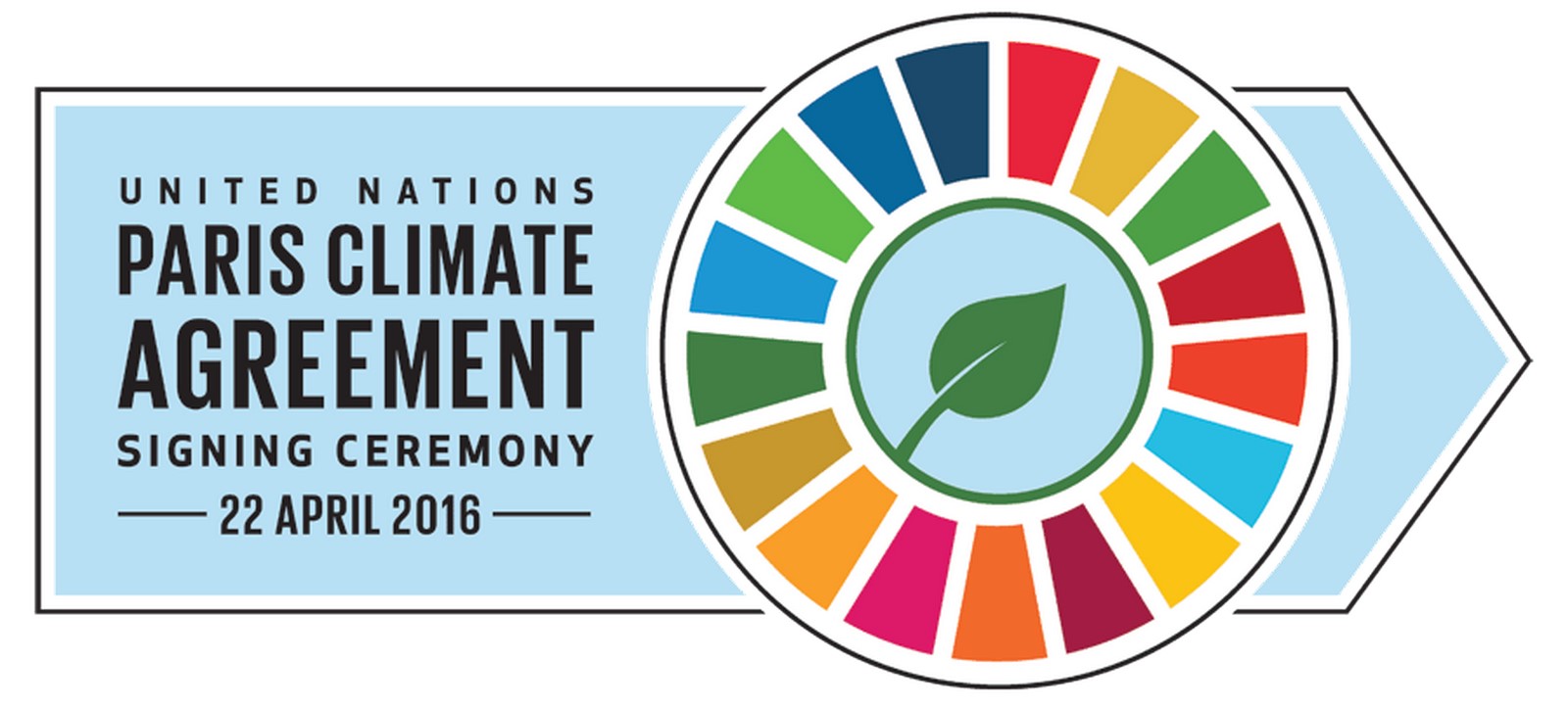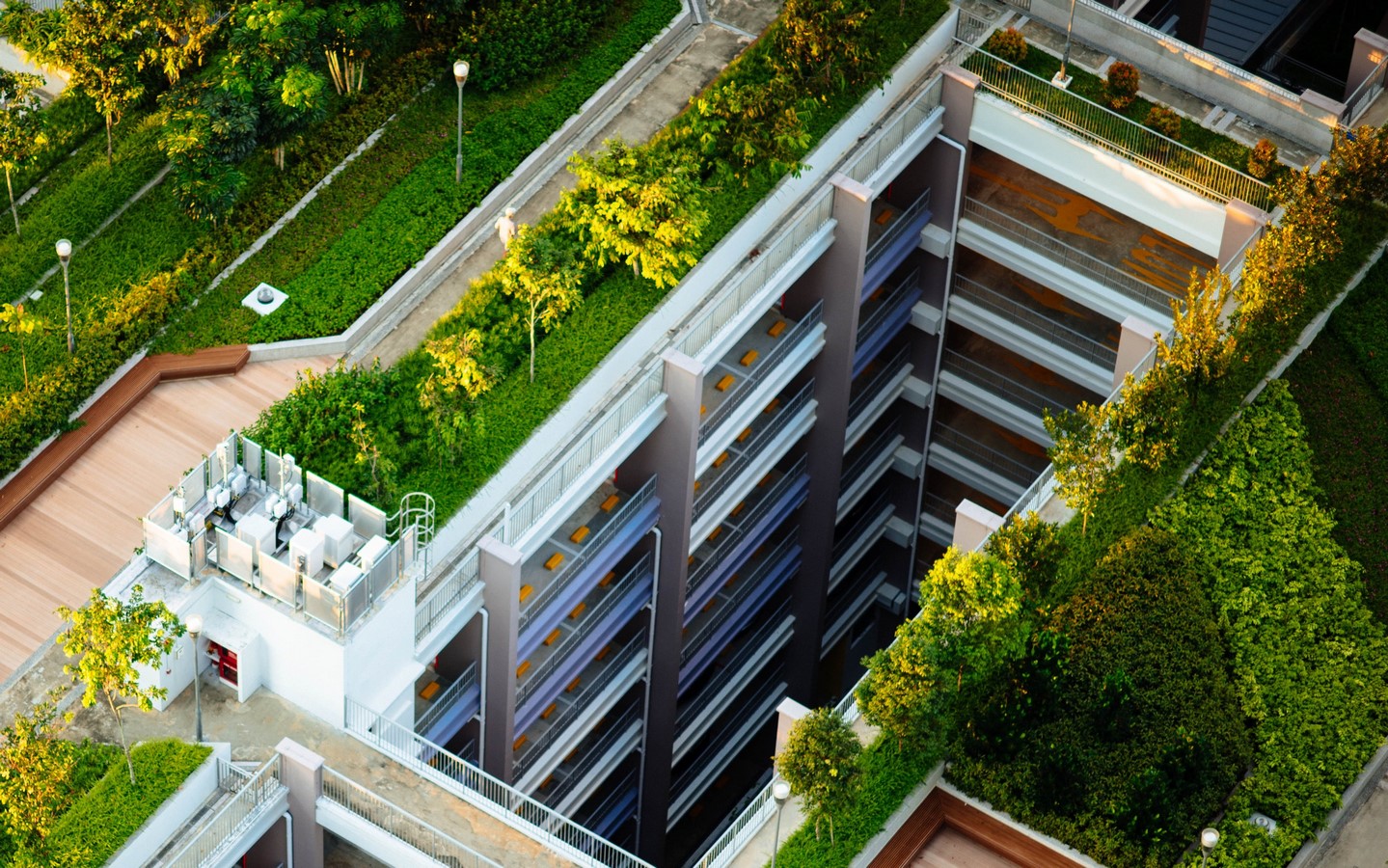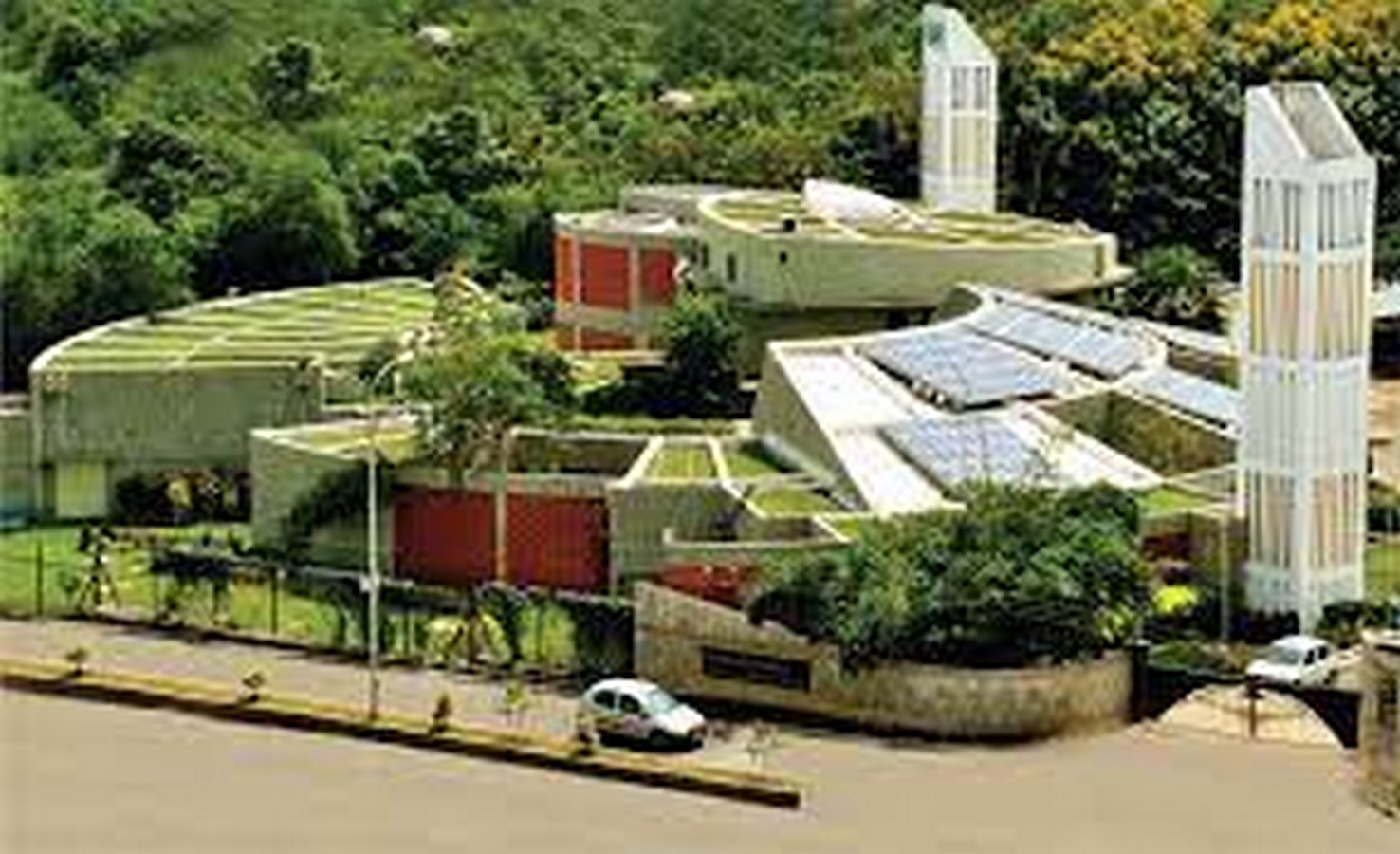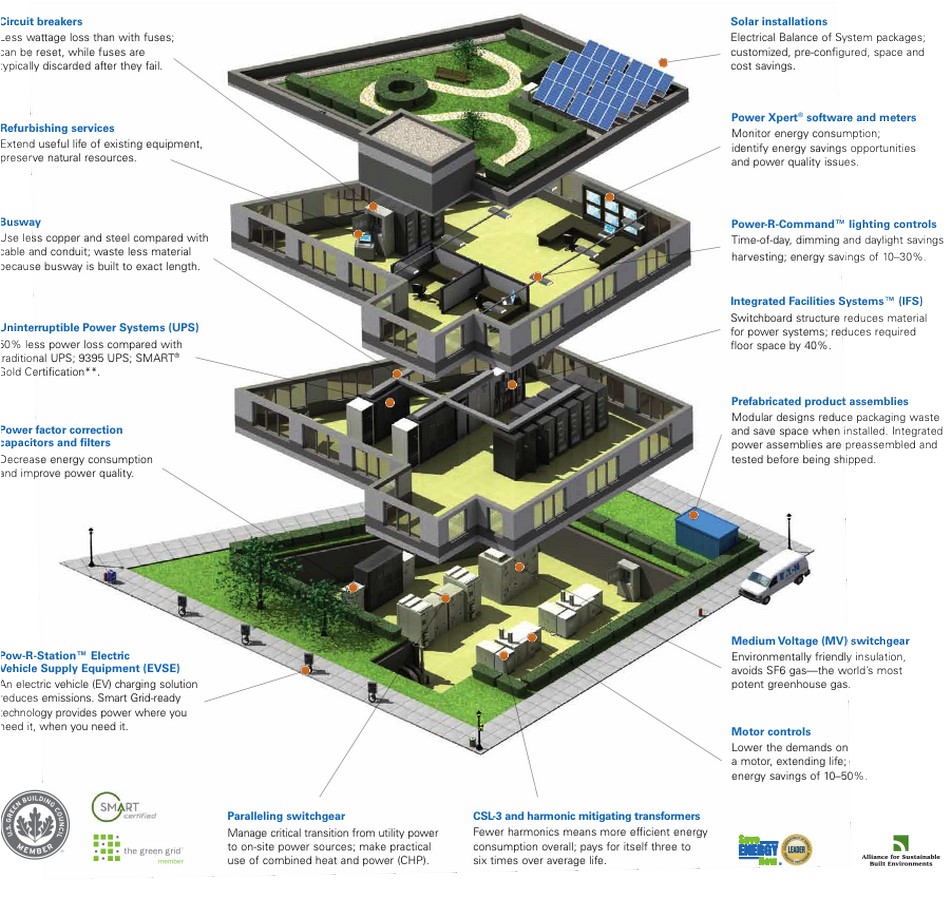In this day and age, addressing climate change has never been more evident.The consequences of global warming with its rising sea levels, depletion natural resources and catastrophic natural disasters have put us in at the brink of apocalypse. However, a lot of effort is being put to combat climate change and its effects. The Paris Agreement and other national carbon reduction programs are important factors in how we will approach this issue. International efforts to halt climate change have gained prominence in recent years.

We will examine the Paris Agreement and its consequences for national carbon reduction programs in this article as we dig into the world of international climate action. We’ll also look at the direct impacts that these local, international, and national initiatives have on sustainability in general and architectural design and construction.
Paris Agreement

A historic worldwide agreement to address climate change was achieved in December 2015 at the 21st United Nations Climate Change Conference (COP21). The agreement unites countries from all around the world in an effort to keep global warming far below 2 degrees Celsius over pre-industrial levels, with a goal of 1.5 degrees Celsius. Nations agreed to a set of guiding principles and promises in order to accomplish this.
- Nationally Determined Contributions (NDCs): Each participating nation is obliged to submit an NDC explaining its unique aims and plans for reducing greenhouse gas emissions. These NDCs are routinely updated to reflect a country’s changing commitments and capabilities.
- Global Stocktake: The Paris Agreement includes a mechanism for yearly global stocktakes, which allow countries to evaluate their collective progress toward their climate targets. Transparency and accountability among nations are facilitated by this approach.
- Finance and Support: The agreement acknowledges that developing nations must receive financial assistance to mitigate and adapt to climate change. The developed world promised to support developing nations’ efforts with climate funds.
- Resilience and adaptation: The Paris Agreement emphasizes the importance of assisting vulnerable populations in adjusting to the effects of climate change.
Statistical Insights on the Effect on Architecture
The built environment and architecture have been significantly impacted by the Paris Agreement. The connection between architecture and climate change is complex, involving numerous design, construction, and sustainability facets. Let’s explore some statistical findings that illuminate this effect:
- Designing with sustainability in mind
- According to the World Green Building Council (World), adopting sustainable design principles, such as those promoted by the Paris Agreement, can reduce building energy use by 50–70%.
- Buildings that are net-zero and carbon-neutral
- The Leadership in Energy and Environmental Design (LEED) program, a widely respected certification system for sustainable buildings, with more than 100,000 green building projects signed up as of 2021.
- According to the Net Zero Energy Coalition, there will be a large growth in net-zero energy buildings; projections indicate that by 2050, they may account for 100% of all new construction in some areas.
- Urban Design:
- According to the United Nations, 68% of the world’s population will reside in cities by the year 2050.
- Sustainable urban planning seeks to develop communities that are walkable and transit-oriented. Cities in Europe with significant bicycle infrastructure investments include Copenhagen and Amsterdam, where riding mode shares are 29% and 32%, respectively.
- Innovations in materials:
- The Global Cement and Concrete Association estimates that the cement sector is to blame for 8% of the world’s CO2 emissions.
- Sustainable building material innovations, like carbon-sequestering concrete and low-carbon substitutes for conventional construction materials, are gaining popularity on a global scale.
- Energy efficiency requirements:
- By the end of 2020, all new buildings are expected to be almost entirely energy-free thanks to the European Union’s (EU) Energy Performance of Buildings Directive.
- Building codes all across the world are adopting stricter energy efficiency requirements as a result of global climate agreements.
National Carbon Reduction Policies and Their Effects on Architecture
Many nations have created their national policies and programs to reduce carbon emissions in addition to the Paris Agreement. These regulations are frequently adapted to a country’s particular problems and circumstances. Let’s investigate how these national policies are affecting the practices of design and building in several nations:
- Germany:
Germany’s energy-efficient building regulations demonstrate its dedication to sustainability. The German-developed Passive House standard is evidence of this dedication. With a concentration on airtightness and high levels of insulation, it produces buildings that consume up to 90% less heating energy than traditional structures.
- Denmark:

Denmark, which is recognized for its work on renewable energy, supports environmentally friendly urban design and construction. Copenhagen uses green roofs and ecologically friendly drainage systems. It is ian improved system to manage rainwater, decrease the effects of heat islands, and increase overall urban sustainability.
- China:
China happens to be one of the main producers of greenhouse gases. The country has made enormous investments in sustainable construction methods. By 2020, the country’s Green Building Action Plan hopes to see more than half of their new structures in the country be green.
- United States of America
Sustainable building techniques vary from state to state here. For instance, California is renowned for its strict energy regulations and financial incentives for green construction certification. According to the USGBC, California has the most LEED-certified projects in the country.
- India:
- The National Mission on Sustainable Habitat (NMSH), which aims to promote sustainable building techniques and energy efficiency in construction, is a component of India’s National Action Plan on Climate Change (NAPCC).
- Energy-efficient designs are required under the Energy Conservation Building Code (ECBC), which affects architects’ work by promoting energy-saving solutions.
Perspectives on the Impacts of Architecture
Architecture and construction methods are directly impacted by national policy for carbon reduction in each nation. Several methods exist for observing these effects:
- Regulatory Conformity:
Building laws and rules that are constantly changing to ensure environmental sustainability and energy efficiency must be followed by architects and builders. Integrating renewable energy sources, energy-efficient insulation, and low-emission building supplies are frequently necessary for compliance.
- Reward Systems and Certification:
Incentives and certification schemes are offered by governments to promote green building techniques. These initiatives can be used by architects and developers to reduce expenses and demonstrate their dedication to sustainability.
- Consumer Demand
Green buildings are in demand due to rising public awareness of sustainability and climate change. Clients and investors interested in sustainable construction are more inclined to choose architects who emphasize eco-friendly design.

- Investigation and Innovation
The architectural and building industries are stimulated by national policies to reduce carbon emissions. New building materials, technology, and construction techniques are produced as a result, furthering sustainability objectives.
- Education and Collaboration:
Collaboration and knowledge sharing on sustainable construction methods are promoted between architects, engineers, and builders. This cooperation frequently leads to the sharing of best practices and the ongoing development of green building methods.
Opportunities and Challenges
Even though national and worldwide initiatives to mitigate climate change are bringing about favorable developments in architecture, several difficulties and chances need to be addressed:
- Monetary considerations
Some developers may be put off by sustainable building approaches because they can be more expensive upfront. However, long-term energy cost savings as well as potential rewards and subsidies can make up for these up-front costs.
- Technological progress
Due to the quick development of green building technology, architects and builders must keep up with the most recent developments and incorporate them into their designs.

- Preserving cultural and historical resources:
It can be difficult to strike a balance between sustainability and cultural and historical preservation. Adapting existing structures requires creative solutions that maintain their cultural importance.
- Training and Education
Architects and construction professionals require access to continual education and training to develop the necessary knowledge and skills to fully embrace sustainable architecture.
Architecture has been profoundly impacted by national carbon reduction programs and global climate action, including the Paris Agreement. Sustainable techniques, cutting-edge materials, and energy-efficient designs are being adopted by architects and builders at an increasing rate. Although there are obstacles like up-front expenses, these initiatives open the door for a built environment that is more sustainable. Architecture continues to be a crucial component in creating a resilient and environmentally friendly future as the globe deals with climate change.


















